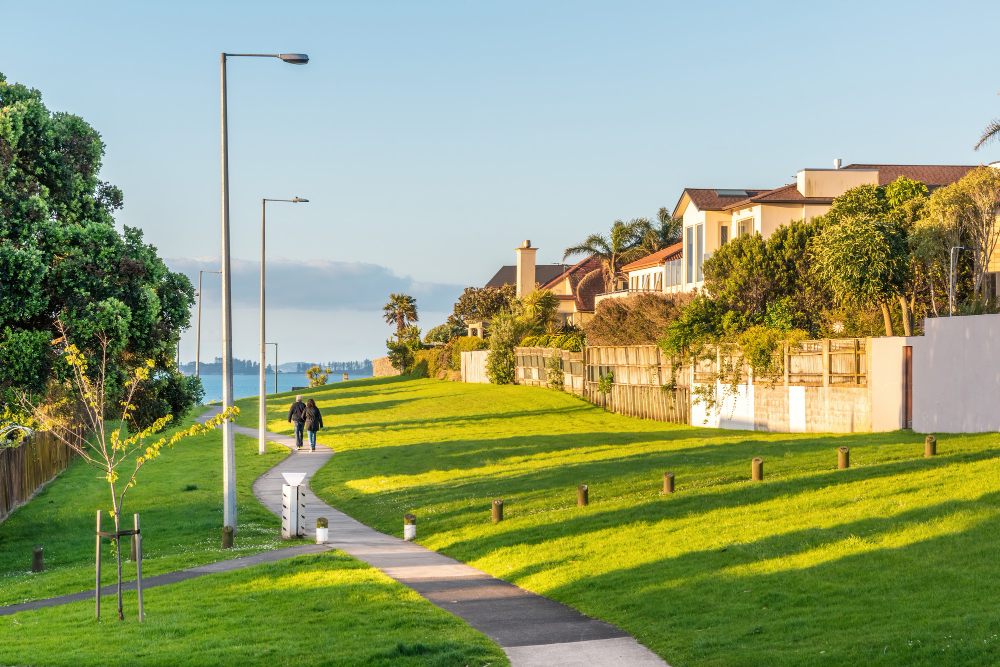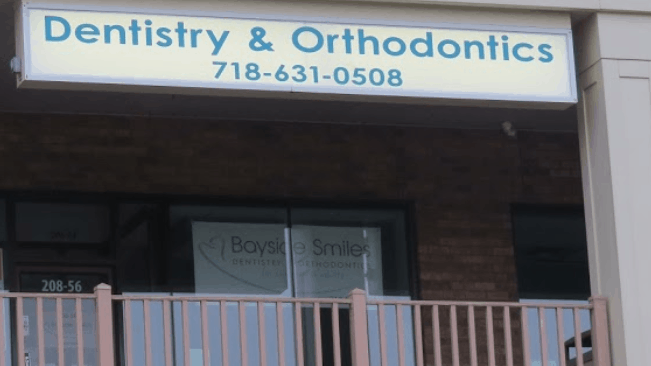Looking for a hidden gem in Papatoetoe’s real estate market? Renovation properties can offer incredible opportunities—whether you’re hunting for your first home, upgrading for your family, or investing in a future payday.
But where do you start, and how do you spot the true diamonds amid the rough? This comprehensive guide dives deep into everything you need to know to succeed, offering practical tips and relatable insights that feel like advice from a knowledgeable friend. If you’re looking for expert help navigating the local market, At Ray White Mangere, you’ll find a team ready to support you with your real estate journey.

Common Questions When Considering a Renovation Property
Before diving in, let’s tackle some of the most common questions potential buyers often have:
- How do I know if a property has good renovation potential?
- What’s the best way to budget for renovations?
- Are there any red flags I should look out for?
- Should I do the renovations myself or hire professionals?
- How can I ensure my renovations add value to the property?
If any of these resonate with you, keep reading—we’ll address each of these questions in detail.
What Makes a “Diamond-in-the-Rough” in Papatoetoe?
Not all fixer-upper homes are created equal. The key is identifying properties with untapped potential while avoiding ones that could become money pits.
Location, Location, Location
Even the most beautifully renovated home won’t reach its potential if it’s in a less desirable area.
Look for homes in Papatoetoe that are near essential amenities such as schools, parks, shopping centers, or public transport.
Streets that are undergoing rejuvenation—where older homes are being modernized—are especially promising.
Tip: Spend time driving or walking through the neighborhoods you’re considering. Visit at different times of the day and week to get a feel for noise levels, traffic, and general safety. Talk to locals if possible; they often provide insights you won’t find online.
Structural Integrity Comes First
Cosmetic upgrades are straightforward, but structural issues can lead to a financial and emotional headache.
When inspecting a property, prioritize structural soundness:
What to check:
- Roof condition: Are there visible sagging or leaks?
- Foundation: Cracks could indicate major problems.
- Moisture or mold issues: These can be costly to remedy.
- Plumbing and electrical systems: Upgrading outdated systems can add significant expenses.
Example: My friend Sarah found a 1950s weatherboard home in Papatoetoe. The kitchen was outdated, and the carpets screamed 1970s, but the structure was rock solid.
With a modest budget and some hard work, she turned it into her dream home—and added significant value in the process.
Consider the Layout
While a property’s layout can often be changed, major structural alterations (e.g., moving load-bearing walls) can blow your budget.
Look for homes with functional layouts or spaces that can easily be opened up to modernize the flow.
Budgeting for Renovation
Before you sign on the dotted line, it’s essential to have a clear idea of your renovation budget.
Here’s how to plan effectively:
Start with a Professional Building Inspection
A detailed building inspection can uncover potential repair costs that might not be immediately visible.
From hidden leaks to electrical hazards, this report will give you a realistic picture of what lies ahead.
Break Your Renovations into Phases
It’s tempting to tackle everything at once, but breaking renovations into phases can make the process more manageable and budget-friendly.
Example phases:
- Phase 1: Structural repairs and essential updates (e.g., plumbing, electrical).
- Phase 2: Cosmetic upgrades (e.g., painting, flooring, fixtures).
- Phase 3: Outdoor improvements (e.g., landscaping, fencing).
Plan for the Unexpected
Even with the best planning, surprises are inevitable. Set aside 10-20% of your renovation budget as a contingency fund for unforeseen expenses.
Real-Life Story: A Papatoetoe renovator planned for a $30,000 budget to revamp the kitchen and bathroom.
Midway through, they discovered the home’s wiring was outdated and needed a full overhaul. That $10,000 surprise significantly impacted their timeline and budget.
Research Costs
Obtain quotes from multiple contractors and suppliers. For DIY projects, calculate material costs and factor in the value of your time.
Red Flags to Watch Out For
While renovation properties offer potential, some are more trouble than they’re worth.
Keep an eye out for these warning signs:
- Unpermitted Work: Check council records to ensure all previous renovations or additions were permitted. Unpermitted work can cause legal issues and insurance headaches.
- Severe Water Damage or Mold: Mold remediation can be expensive and isn’t always successful.
- Flood-Prone Land: Papatoetoe has some areas with drainage challenges, so it’s worth checking flood risk maps.
- Major Structural Damage: While some cracks are cosmetic, others (e.g., large foundation cracks) can be costly and difficult to repair.
- Inflexible Layouts: Avoid homes where improving the layout would require extensive structural changes.
Adding Value Without Breaking the Bank
Small changes can deliver significant results, especially if you focus on high-impact areas. Here are a few renovation ideas to maximize value:
- Fresh Paint: A new coat of paint can instantly modernize and brighten spaces.
- Updated Fixtures: Swap out dated taps, light fixtures, and cabinet handles for sleek, modern designs.
- Flooring: Replacing old carpets with polished timber or laminate flooring can transform a room.
- Open Living Spaces: Knocking down non-load-bearing walls to create open-plan layouts is a cost-effective way to add a sense of space.
- Landscaping: A tidy lawn and some native plants can significantly boost curb appeal.
Quick Win: A couple in Papatoetoe spent just $2,000 transforming their backyard with native plants, outdoor lighting, and a simple patio extension.
The result? A cozy, low-maintenance space perfect for entertaining—and a noticeable increase in property value.

How to Find Papatoetoe’s Hidden Gems
If you’re ready to hunt for your diamond-in-the-rough, here’s where to look:
- Auction and Foreclosure Listings: These often include properties with untapped potential, sometimes at bargain prices.
- Local Real Estate Agents: Agents familiar with Papatoetoe can provide insider tips on promising streets or upcoming developments.
- Networking: Chat with neighbors, attend local community events, and follow neighborhood Facebook groups to hear about properties before they hit the market.
- Open Homes: Keep an open mind when attending viewings. A property that looks rough on the surface might have immense potential beneath.
Keeping Your Content Fresh
Papatoetoe’s real estate market is always evolving, and so should your renovation knowledge.
Bookmark this guide, and check back for updates on new trends, average renovation costs, and success stories from local renovators.
Keeping your strategies up-to-date ensures you’re always ahead of the game.
With the right mindset and a clear plan, finding and transforming a diamond-in-the-rough property in Papatoetoe can be a rewarding and profitable journey.
Happy house hunting!





